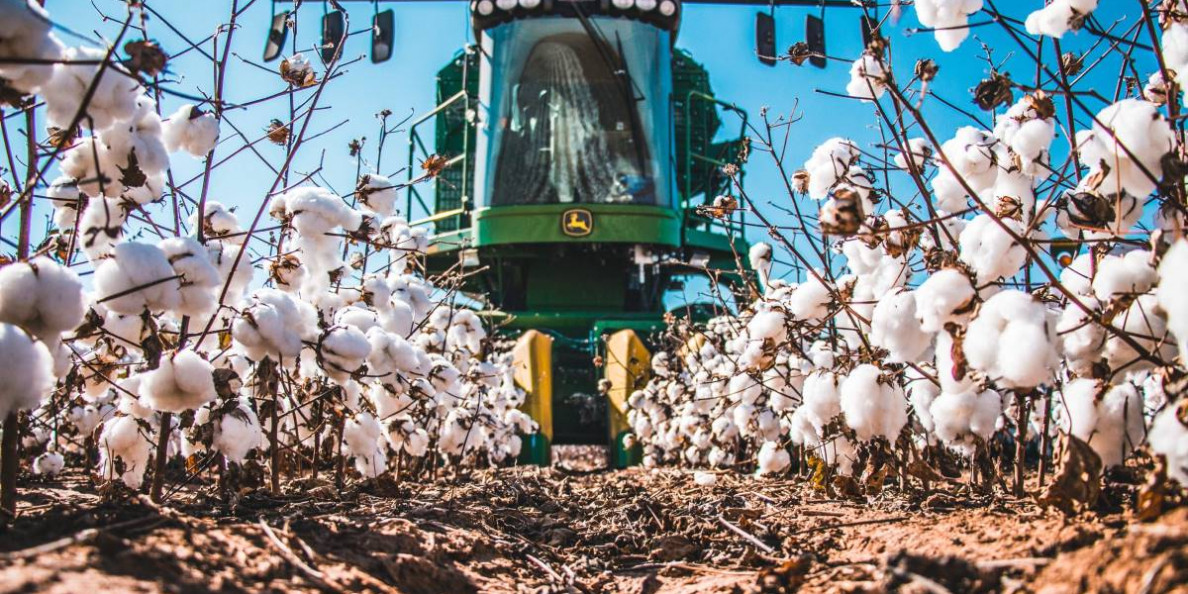By Jeff Thompson, Autauga Quality Cotton Association
As we swept away the confetti and cleared the champagne bubbles out of our head from New Year’s Eve, we were greeted to a cotton market with a full head of steam. To our misfortune, though, the market has chosen to trade on negative outside influences rather than favorable fundamentals.
This time, it comes in the form of a virus born in China that is fast approaching pandemic proportions. At last count with over 28,000 people infected and sadly 600 deaths, the coronavirus shows no signs of containment. With this escalating threat to world trade, cotton prices have declined over four cents since the disease became widely known.
At first, we thought the market was overreacting and that in the end, like other virus strains, it would only pose a threat for a few months before finally being contained with a significant rebound in prices to follow.
However, when a city such as Wuhan, China, with a population of over 11 million people, assumes the appearance of a ghost town, economic activity will take a hit. Also, be assured the number of people infected is much greater than that being reported. All of this could put the coronavirus in a league of its own.
How Much Pressure On Prices?
Overreaction or not, prices will be pressured and only time will tell to what length. If the virus wasn’t enough, technical charts have begun to reflect a negative bias as several moving averages have crossed. This is important because market indicators are closely watched by the funds.
Also, the Goldman Roll begins today, wherein funds adjust their futures position prior to the cover month expiring. In this case, they will be selling March and buying May.
Nonetheless, forever the optimist, the market will at some point revert to trading on supportive fundamentals. The uncertainty lies in the timing of this.
But don’t be surprised to see prices fall further before clawing their way back into the 70’s. Most promising, two successive weeks of excellent export sales are indicative of strengthening demand.
Good News, Too
A week ago, sales hit a marketing year high of over 347,000 bales with China purchasing one-third of the volume. This week’s sales were comparable at 332,300 bales. But better yet, shipments exceeded 418,000 bales, also a marketing-year high.
In addition, the funds have maintained their net long position equivalent of slightly over 2.6 million bales. Also, in keeping with the terms of the Phase One agreement, China reduced tariffs by half on 75 billion dollars’ worth of U.S. imports.
This should be viewed as a good faith gesture on their part even if the actual purchase of additional U.S. goods by China is slowed due to the virus’s effect on their economy. In other good news, though not directly influencing the market but certainly your finances, the USDA delivered on their payment of the third tranche of the 2019 MFP.
So, where do we go from here?
As for producers, there are two camps, those with old crop cotton remaining to be priced and those with sights now set on the 2020 crop. First, anyone with unsold cotton from last year should at least lock in a basis thus stopping storage.
The next decision is to either fix the price or leave the cotton on call. Fixing the price eliminates both downside risk and upside potential. Conversely, putting cotton on call allows for upside potential, but downside risk comes with it.
Since there is a feeling prices could go higher over time, upside potential with minimal risk would be advantageous. Employing a call option strategy could provide such an opportunity whether you fix or put cotton on call.
The purchase of a call option provides those fixing the price upside potential while cotton on call limits its downside risk to the price of the option. Cost is always a deciding factor with options along with time. Currently, a 69 cent July call costs around 330 points.
Roll Or Fix?
We have one other item of note for those with cotton still on call-based March. With only ten trading days remaining before first notice day, a decision to roll or fix is fast approaching.
We really don’t see this market improving much between now and then and no one likes being forced to price in a market downturn. Fortunately, the March/May and March/July spreads have narrowed considerably. The cost of rolling to May is currently less than 40 points, while July is only 125 points.
Considering this would give you an additional 60 to 125 days of trading, it is well worth the cost.
Those looking ahead to 2020, if not in cooperative, should be in search of a forward contract with a favorable basis. A good target level to begin pricing a portion of your crop would be around 73 to 74 cents.
At Choice Cotton, we have forward contracts with various terms certain to suit your needs. Simply give us call at 334-365-3369 for a plan tailored to fit you.
Until next time.
Πηγή: Agfax

